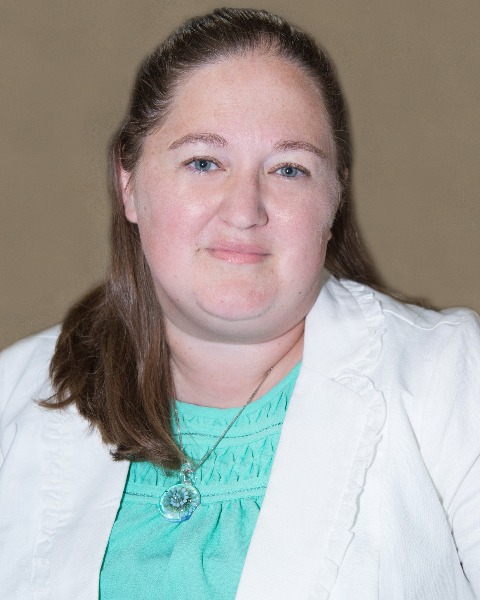Research (R)
(PP1301) Hearing Difficulties with Normal Audiograms: Insights from the Auditory Processing Disorder Test Battery

Victoria Cancel, MA
Graduate Student
University of Pittsburgh
Pittsburgh, Pennsylvania, United States- JM
- CP
Catherine V. Palmer, PhD
Professor
University of Pittsburgh
Pittsburgh, Pennsylvania, United States 
Virginia A. Milne, AuD
Senior Audiologist
UPMC and the University of Pittsburgh
Harmony, Pennsylvania, United States- AP
Lead Presenter(s)
Contributor(s)
An estimated 10% of patients seeking help for hearing difficulties have no abnormal clinical indicators, with a minor fraction getting referred for further Auditory Processing Disorder (APD) testing. Here, we analyzed results from the APD test battery to identify the most common deficits in adult patients presenting with complaints hearing in noise despite normal findings on traditional clinical tests, with two objectives: 1) make recommendations for a rapid screener test that can be used in routine practice to inform APD referrals and 2) use this information to design the next generation of objective diagnostic tests for APD.
Summary:
Increasing evidence suggests that a normal audiogram does not guarantee robust suprathreshold communication in challenging listening environments. An estimated 10% of patients seeking help for hearing difficulties have no abnormal clinical indicators. A small fraction of these patients is referred for further testing for Auditory Processing Disorders (APD). APD is a phenomenon in which patients have difficulty understanding spoken language in noise, localizing sounds, deficits in understanding verbal directions and employing auditory memory, and often show academic underachievement. There are no current established norms for APD testing referral, especially in adults. The APD test battery typically consists of three domains of behavioral testing which include binaural integration, dichotic listening, and temporal processing. The purpose of this study was to analyze results from the APD test battery to identify tests that could provide a rapid screener that can inform APD referrals, as well as identify patterns of deficits that may be used to design the next generation of objective diagnostic tests for APD.
We analyzed test data from 47 patients from the past five years in the University of Pittsburgh Medical Center database who had clinically normal audiograms and underwent the APD test battery. The battery consisted of random dichotic digits and dichotic words task in the Dichotic listening domain, QuickSIN and Words-in-noise in the Speech-in-noise domain, and Gaps in noise and Frequency patterns in the temporal domain, in addition to a subjective questionnaire, The Hearing Handicap Inventory. We identified tests that proved most challenging for these patients, as well as relationships between the tests within and across domains. Statistical analyses were used to identify tests that captured the most variance in the data, and a stepwise analysis was performed to identify the smallest number of tests that captured the greatest variability.
Patients experienced most difficulties within the dichotic domain, specifically as the task difficulty increased and participants were forced to use auditory attention, memory, and recall with competing stimuli. Performance on these tests were not correlated with the patient’s age or hearing thresholds. Among the tests, Random Dichotic Digits 3-paired test and Words in Noise were significantly correlated. QuickSIN (binaural condition and dominant ear) had the most normalized variance while Random Dichotic Digits 1-pair test had the least. Finally, the stepwise selection model revealed that Random Dichotic Digits 3-paired test followed by Words in Noise, and the QuickSIN showed greatest promise as a rapid screener to identify patients with APD.
These results support the idea that the use of dichotic listening tasks that incorporate hearing in multi-talker babble may prove most useful when creating objective measures of testing for Auditory Processing Disorder. Audiologists also may choose to include Words in Noise or Random Dichotic Digits into a standard audiometric test battery as they show the most variability and highest likelihood to identify someone with APD and provide the correct referral. Ongoing work developing an objective electrophysiological test for APD that targets these areas may help with more efficient diagnoses and provide information related to underlying neural deficits.
Learning Objectives:
- Upon completion, participants will be able to describe the common deficits that patients with Auditory Processing Disorder experience and select the most efficient test battery that can be used clinically.
